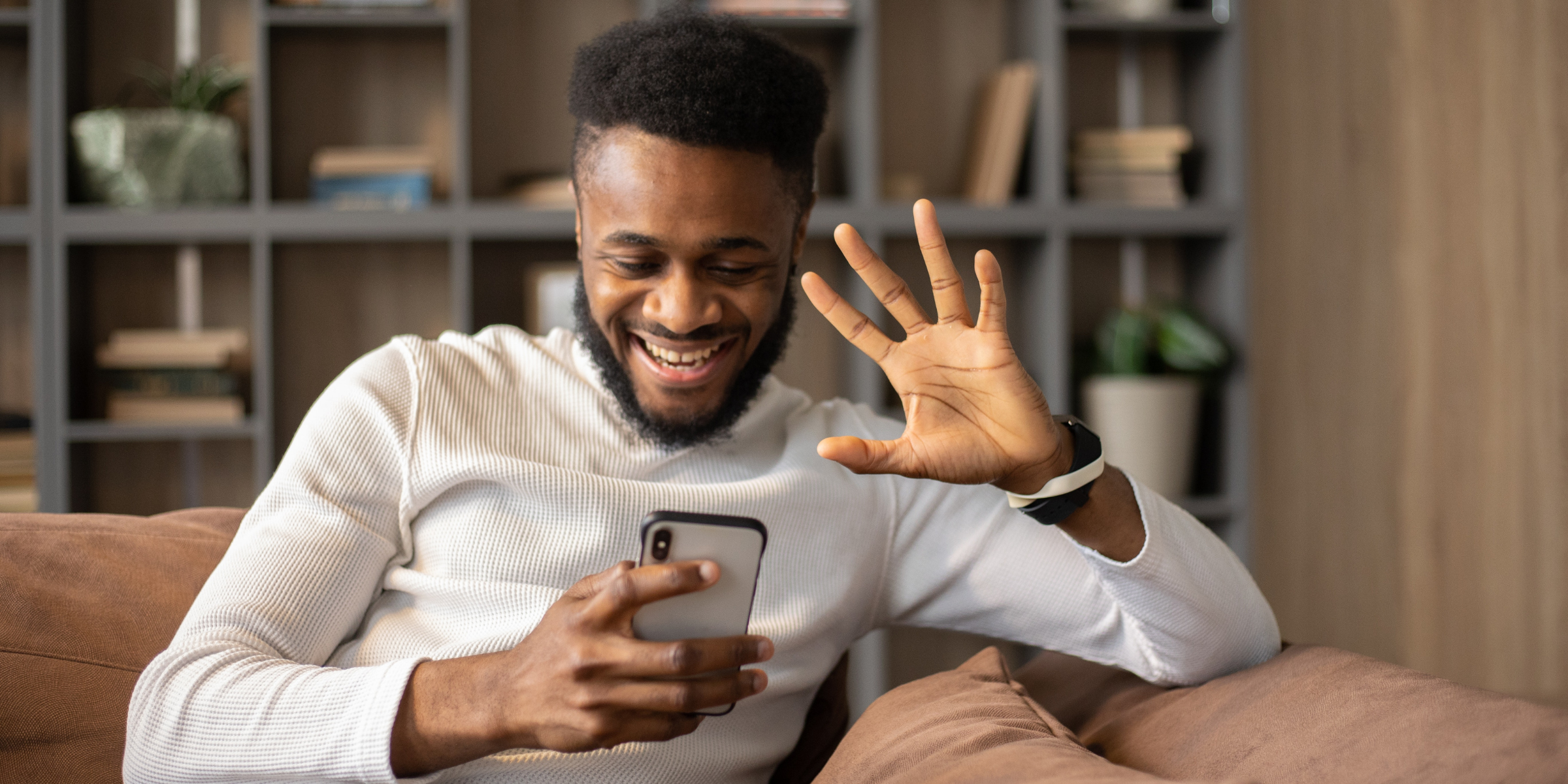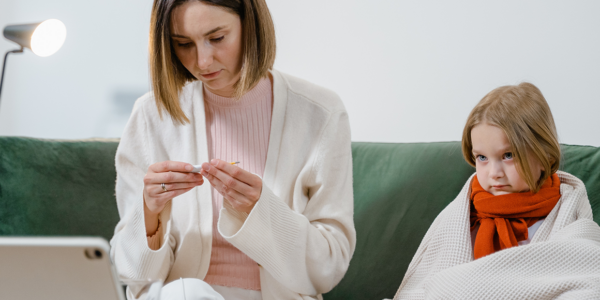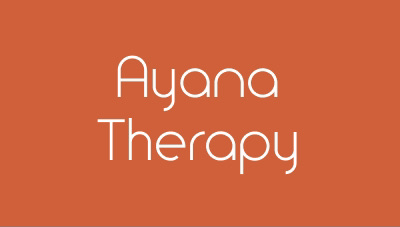Accessing high-quality medical care is hard enough. Providers are busy, and finding a convenient appointment time can be difficult. Since the start of the COVID-19 pandemic, telehealth appointment rates have skyrocketed, and it looks like they’re here to stay. Telehealth adoption makes receiving medical care easier and more convenient for patients, and allows healthcare professionals to provide excellent care delivery.
Unfortunately, some telehealth platforms can be complicated. Even the most tech-savvy patients may struggle with virtual visit procedures. Some telehealth technology platforms require patients to make an account, download software, or remember their login information. In the midst of their busy lives, this can be too much to ask.
That’s why we decided to make joining telehealth visits as simple as possible. Using OhMD, patients are able to access telehealth from a text link. No apps, sign-ins, or preparation necessary!
Patients like telehealth
Smartphones are ubiquitous in the U.S. This means that most people have access to both texting and the Internet at almost all times. This means that almost all patients have the ability to text and attend telehealth visits with their provider, right from their mobile device.
In a study of patients using telemedicine services, over 90% of patients were satisfied with the quality of care delivery they received during a telehealth visit. Many reported that it saved them time, up to 3 hours for some. And as we noted earlier, the majority of patients expressed interest in continuing with telehealth visits even after the pandemic.
This is likely because telemedicine allows patients to receive the same level of care that they would in the office, from a convenient location. Meanwhile, telehealth technology is also beneficial for a care team as it allows for care delivery that best suits the patient.
But some telehealth platforms are confusing
Despite patient satisfaction and general fondness for telehealth, some telehealth solutions are confusing for patients. A study from The National Institute of Health indicates that overall, patient satisfaction with telehealth is over 90%. However, 52% of telehealth users say they have encountered at least one barrier to accessing telehealth, many of them reporting technical difficulties as their barrier. fact, a post-telehealth visit survey showed that the main cause for patient dissatisfaction with telehealth was due to technical issues.
When technical difficulties arise, it often falls on the shoulders of the healthcare provider to administer technical support on behalf of the telehealth platform. This quickly becomes a time-consuming process, and understandably results in frustration for both the patient and the provider. Even more, healthcare providers are not always prepared to offer full-fledged technical support.
OhMD: Access telehealth from a text link
A survey of patients who engage in telehealth shows that 79% would rather be notified by a text or call when their care provider is ready to see them. But wouldn’t it be even better if the text they received was the invitation to their telehealth appointment?
The same NIH study referenced earlier suggests that we can improve upon the patient telehealth experience. Many of the technical difficulties referenced by patients related to the set-up required to join a video visit. This is where OhMD differs from other telehealth solutions.
A recent article from Quality Management in Health Care discusses the benefits of what they call Tele-Untethered care. Like telemedicine, tele-untethered care allows patients to receive virtual care. In this case, “untethered” refers to the fact that there is no virtual waiting room. The data showed that tele-untethered patient care saved care providers and patients alike mass amounts of time.
The experience of sitting in a waiting room, in-person or virtually, is a major driver for patient dissatisfaction. Using a tele-untethered option cut out the waiting room and vastly bettered the patient experience and increased patient satisfaction. As long as the patient had their smartphone handy, they were able to go about their day as they normally would until they got a text notification that their provider was ready for their visit.
The OhMD video visit couldn’t be easier. Patients receive a text message with a link to their visit when their provider is ready. Once they open up the link, they will be brought right to their provider. No logins, no virtual waiting room, just high quality patient care and a great patient experience.



